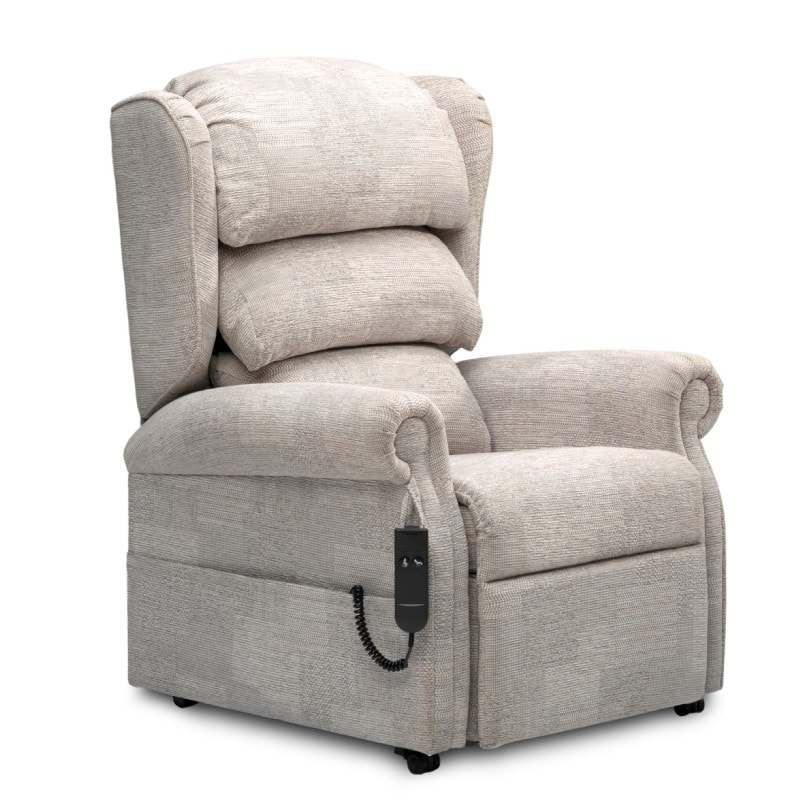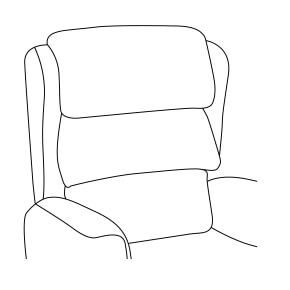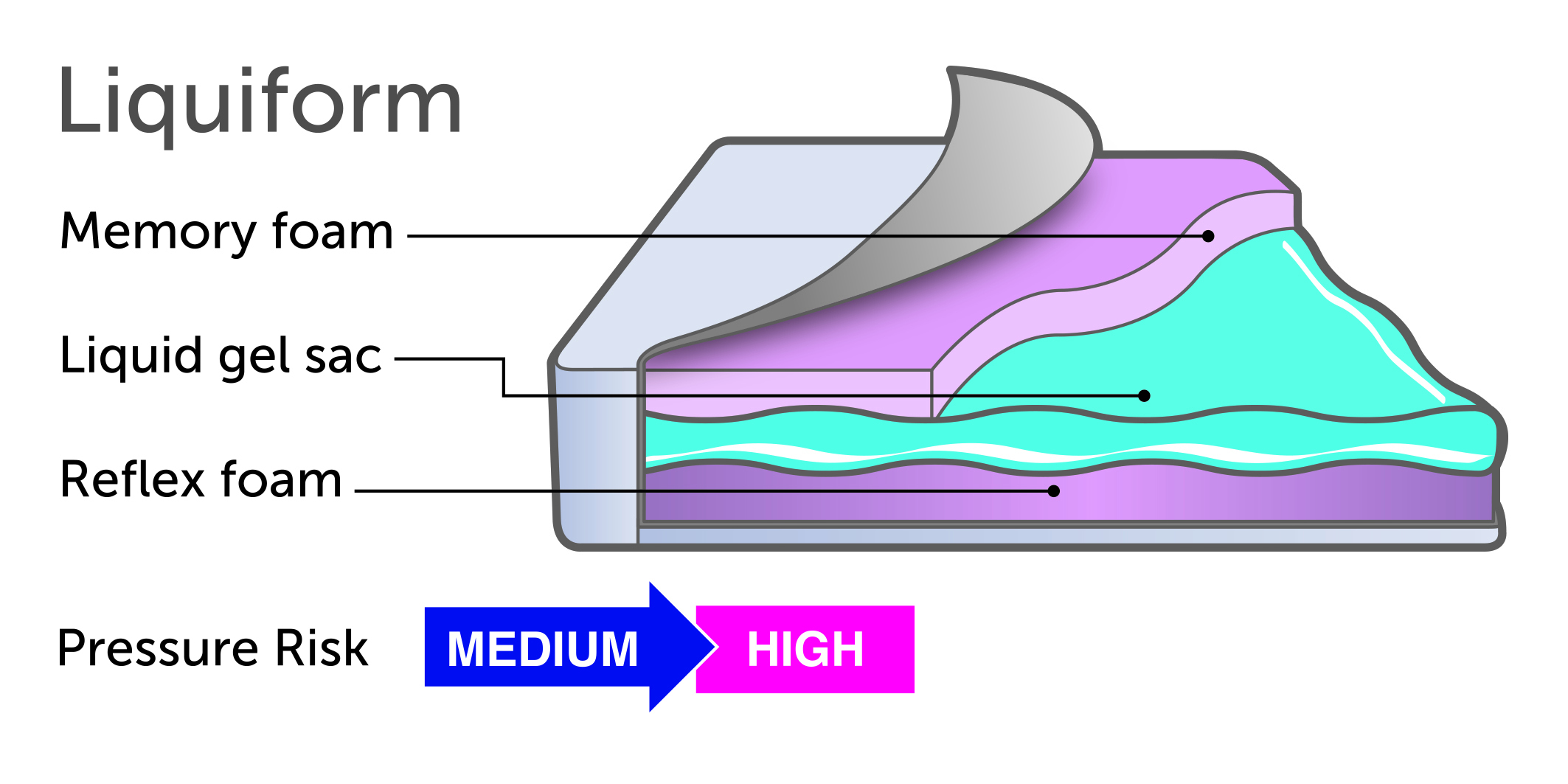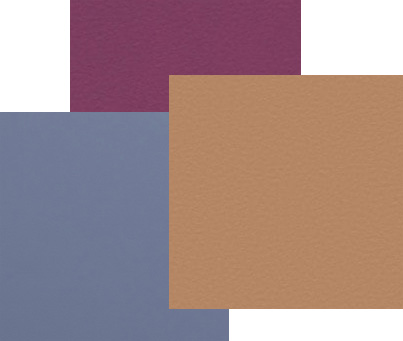Person
Sally1 is an 83-year-old lady with osteoarthritis and a mild kyphosis which results in a slightly hunched posture. She is mobile with the support of a walking aid with a wider base of support for stability due to some dynamic balance deficits.
Although ambulant, Sally has some reduced exercise tolerance and therefore spends a large amount of her time sitting in between critical daily tasks such as making food, drinks and using the toilet.
She has previously had a small sacral break which is now healed and monitored by her community healthcare team.
Sally struggles with the transition to standing from a seated position due to joint pain, reduced muscle strength and tone despite her furniture being at an appropriate height.
[1] Name used for illustration purposes
Environment
Sally lives in her own home and has a toilet on both floors with a stair lift which enables her to get upstairs to bed and the bathroom to bathe safely.
Socially there are a number of close friends who meet regularly and her family visit daily.
There is a reasonable amount of floor space despite ensuring clear walkways around the home to minimise risk of further falls.
Occupation
Sally remains independent carrying out the majority of her daily tasks on her own although she has a carer who visits once a day to make a hot meal. She is able to get to and use the toilet independently and make hot drinks or snacks although due to her kyphosis sometimes has difficulty swallowing or getting food/drink to her mouth without it spilling.
Outcome – Clinical Reasoning

Rimini with Single Tilt in space and rise function
The Single Motor Tilt in Space mechanism allows Sally to raise the leg rest whilst ensuring that a constant back angle of 90º is maintained as the chair moves through to recline. This means that pressure on Sally’s skin is able to be easily redistributed and therefore protected, particularly at the sacrum whilst increasing visual field (due to kyphosis) and access for nutritional purposes. This mechanism also has the rise to standing function which allows Sally to stand independently which reduces the risk of falling.

Back Cushion - Waterfall backrest
The waterfall backrest provides the required postural support and maximum comfort due to kyphosis. This should allow Sally to be more supported in the chair and therefore be in less discomfort impacting positively on activity engagement and mental health and well-being.

Seat Cushion – Liquiform
Sally has good posture and mobility but sits for long periods of time which therefore requires some form of pressure relief and supported comfort. This cushion has a high-density foam which will offer Sally a supportive and firm seat base. The foam is topped with a fluid liquid gel in a soft silicone cover which provides a high level of pressure relief. The liquid gel helps to dissipate heat and will constantly adapt to Sally’s movements in the chair.

Fabric
Sally would benefit from a 4 way stretch Dartex fabric to further support her skin integrity. However, in a domestic setting there is often a challenge for clients with this matching décor and the wish to focus on aesthetics. There may be the opportunity in some cases to combine healthcare and domestic fabric ranges, but this needs to be assessed on a case-by-case basis.
